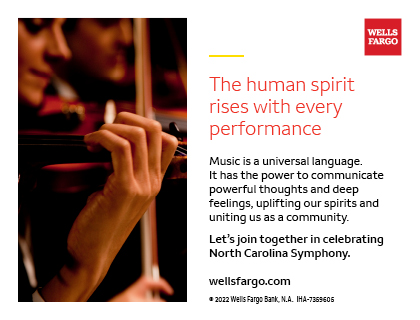Symphony No. 3 in C minor, Op. 78, “Organ Symphony”
Camille Saint-Saëns (1835-1921)
THE STORY
The symphony as a form was firmly considered a Germanic tradition for most of the history of Western classical music. Its foundations were laid by Joseph Haydn, earning him the moniker “Father of the Symphony,” and the traditions were developed by Mozart, Beethoven, Brahms, and later, Mahler. With his final symphony, French composer Camille Saint-Saëns rivaled the greatest works of the form. The composer was 51 years old when he received the commission to write a symphony for the London Philharmonic Society in England. It had been over 25 years since his last symphony, a medium he had abandoned due to what he thought was its highly formulaic nature and a loss of interest amongst audiences. Saint-Saëns’ popularity in England—as a composer, conductor, and pianist—gave him confidence to revisit the genre. Still, he was wary, writing to his publisher, “You ask for the symphony: you don’t know what you ask. It will be terrifying…”
Saint-Saëns wrote quickly, combining the traditional four movements into two. The subtitle “Organ” comes from the inclusion of the pipe organ, endowing the soundscape with even more power and grandiosity than an orchestra already provides. The result was stunning, with the premiere in London receiving ecstatic praise.
LISTEN FOR
- The transition from the intense first section into slower, more romantic music—creating two different sound worlds in one unified movement
- The juxtaposition of the apocalyptic first theme of the second movement and the scurrying second theme which prominently features the piano, a timbre not often heard in the symphonic medium
- The glorious entrance of the organ in the final movement, which signals the arrival of victory and transcendence after a stormy struggle
INSTRUMENTATION
Piccolo, three flutes, two oboes, English horn, two clarinets, bass clarinet, two bassoons, contrabassoon, four horns, three trumpets, three trombones, tuba, timpani, percussion, piano four-hands, organ, strings

